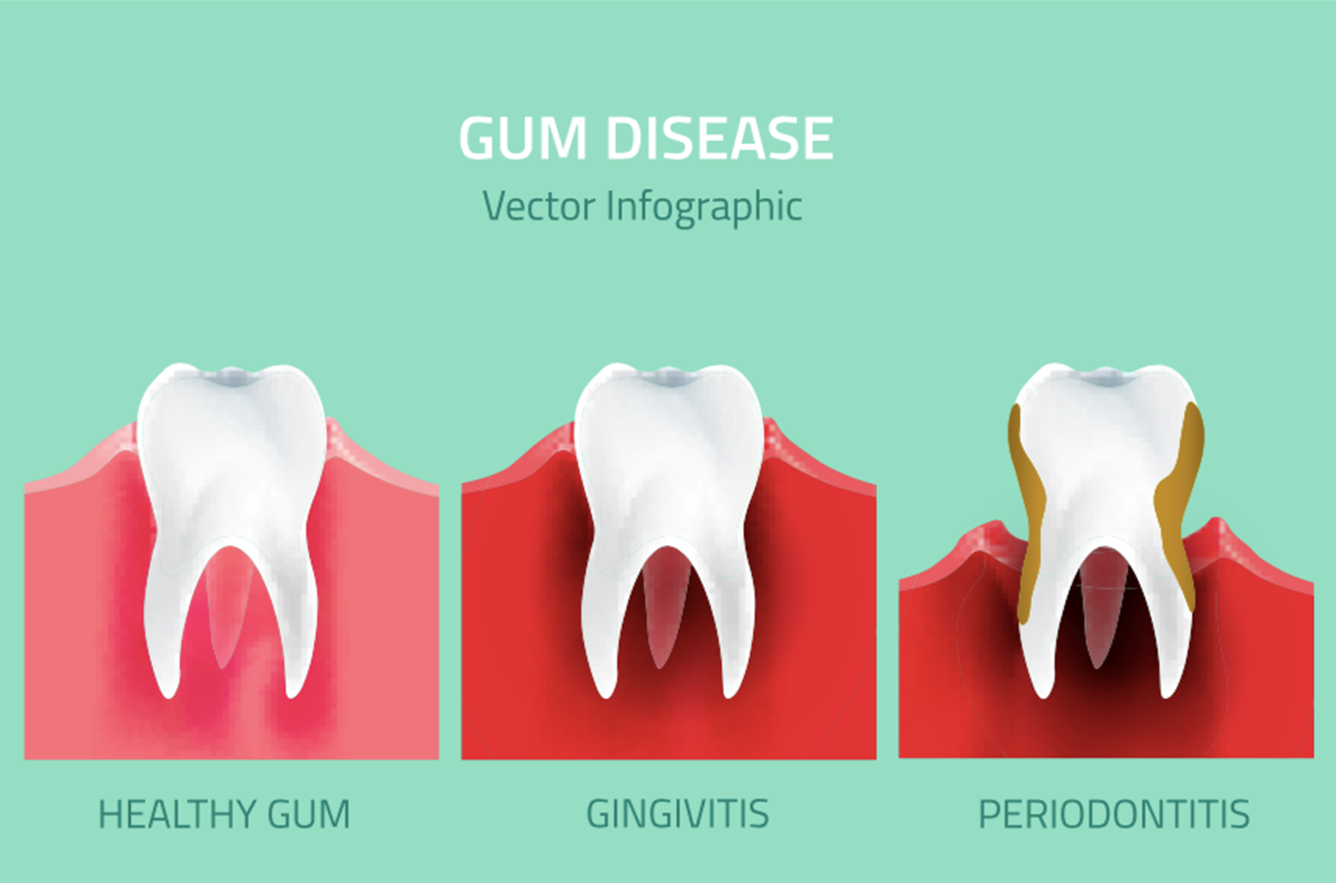A nurse is teaching a client who reports taking gingko biloba to improve his memory. Which of the following adverse effects should the nurse include in the teaching?
Bleeding gums
Decreased alertness
Breast enlargement
Bad breath
The Correct Answer is A
Choice A reason: Bleeding gums is a possible adverse effect of taking gingko biloba, as it may increase the risk of bleeding by inhibiting platelet aggregation and interfering with clotting factors. Gingko biloba may also interact with other medications that affect bleeding, such as anticoagulants, antiplatelets, or NSAIDs. The nurse should advise the client to monitor for signs of bleeding, such as bruising, nosebleeds, or hematuria, and report them to the provider.

Choice B reason: Decreased alertness is not a likely adverse effect of taking gingko biloba, as it may have the opposite effect of enhancing cognitive function and memory. Gingko biloba may improve blood flow to the brain and protect against oxidative stress and neuronal damage. The nurse should inform the client that gingko biloba may take several weeks to show its benefits and that the evidence for its effectiveness is inconclusive.
Choice C reason: Breast enlargement is not a known adverse effect of taking gingko biloba, as it does not affect the hormonal levels or the breast tissue. Gingko biloba may have some estrogenic activity, but it is not significant enough to cause gynecomastia or breast tenderness. The nurse should assess the client for other possible causes of breast enlargement, such as medications, liver disease, or tumors.
Choice D reason: Bad breath is not a common adverse effect of taking gingko biloba, as it does not affect the oral hygiene or the digestive system. Gingko biloba may have a mild odor, but it is not unpleasant or persistent. The nurse should advise the client to maintain good oral care and to check for other possible causes of bad breath, such as infections, dental problems, or dietary factors.
Nursing Test Bank
Naxlex Comprehensive Predictor Exams
Related Questions
Correct Answer is C
Explanation
Choice A reason: A headache is not likely due to the anxiety about the chest pain, as anxiety usually causes other symptoms, such as palpitations, sweating, or trembling. A headache is more likely related to the vasodilating action of nitroglycerin, which causes increased blood flow to the brain.
Choice B reason: A headache does not indicate tolerance to the medication, as tolerance usually manifests as a reduced effect of the medication on relieving chest pain. A headache is more likely a sign of the medication's potency, as it indicates that the nitroglycerin is reaching the systemic circulation.
Choice C reason: A headache is an expected adverse effect of the medication, as nitroglycerin causes vasodilation of the cerebral vessels, which can result in increased intracranial pressure and pain. A headache is usually mild and transient, and can be relieved by taking analgesics, such as acetaminophen.
Choice D reason: A headache is not an indication of an allergy to the medication, as an allergic reaction usually causes other symptoms, such as rash, itching, swelling, or difficulty breathing. A headache is more likely a pharmacological effect of the medication, rather than an immunological response.
Correct Answer is A
Explanation
Choice A reason: Using an electric razor while on warfarin is the correct instruction. Warfarin is an anticoagulant that inhibits the formation of blood clots and prolongs the bleeding time. Using an electric razor can reduce the risk of cuts and bleeding while shaving. The client should avoid using sharp objects or instruments that can cause injury or trauma.
Choice B reason: Doubling the dose of warfarin if a dose is missed is not the correct instruction. This is a dangerous and potentially fatal advice, as it can cause overdose and severe bleeding. The client should take the missed dose as soon as possible, unless it is close to the next scheduled dose, in which case the client should skip the missed dose and resume the regular dosing schedule. The client should never take extra doses or change the dose without consulting the provider.
Choice C reason: Mild nosebleeds being common during initial treatment is not the correct instruction. This is a false and misleading statement, as nosebleeds are not a normal or expected side effect of warfarin therapy. Nosebleeds can indicate bleeding problems or complications, such as thrombocytopenia, which is a low platelet count. The client should report any nosebleeds or other signs of bleeding, such as bruising, petechiae, hematuria, or melena, to the provider immediately.
Choice D reason: Increasing fiber intake to reduce the adverse effect of constipation is not the correct instruction. This is an irrelevant and unnecessary recommendation, as constipation is not a common or serious adverse effect of warfarin therapy. Constipation can be caused by many factors, such as diet, hydration, activity, or medication. The client should maintain a balanced and consistent diet, drink plenty of fluids, and exercise regularly to prevent constipation. The client should also avoid foods that are high in vitamin K, such as green leafy vegetables, as they can interfere with the effect of warfarin.
Whether you are a student looking to ace your exams or a practicing nurse seeking to enhance your expertise , our nursing education contents will empower you with the confidence and competence to make a difference in the lives of patients and become a respected leader in the healthcare field.
Visit Naxlex, invest in your future and unlock endless possibilities with our unparalleled nursing education contents today
Report Wrong Answer on the Current Question
Do you disagree with the answer? If yes, what is your expected answer? Explain.
Kindly be descriptive with the issue you are facing.
